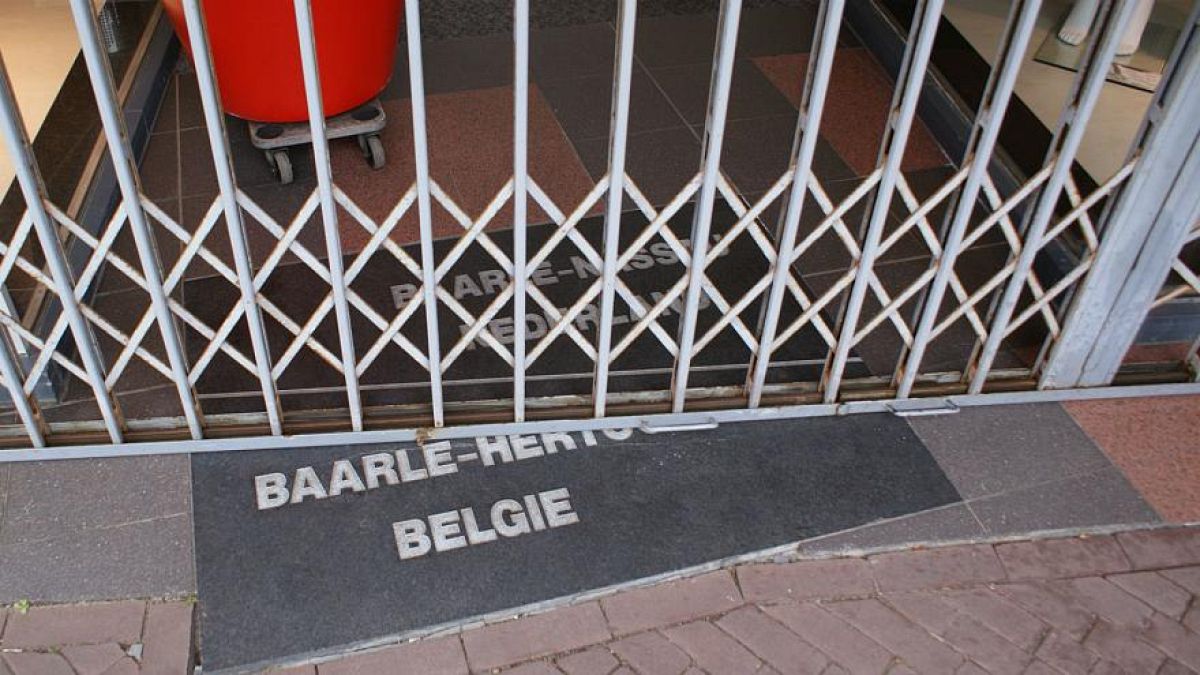Euronews takes you on a tour of some of the continent's most-fascinating enclaves.
High-profile fights for regional independence in Spain and Britain tell us Europe is far more complex than it first appears on a map.
Drill down beyond the superficial nation state — with its shared borders, culture and language — and a more intricate picture emerges.
For example there are several examples of parcels of land within EU countries that are entirely under the control of a neighbouring state.
Here we celebrate some of the geographic anomalies of Europe — the enclaves that are a pointer to the continent’s rich history.
Llívia: a Spanish town in France
Llívia sits within the south-west French region of Pyrénées-Orientales but is a part of the Spanish region of Catalonia, just over the border.
The town’s territory is a tiny 13 km² and it has just 1,300 inhabitants.
Llívia was Spanish and sat within a border region, part of which was ceded to France in 1659 after a war between the two.
Interestingly, however, the Treaty of the Pyrenees stipulated only villages should be handed over, meaning, Llívia, as a town, stayed with Spain.
Llívia exists happily within France, but there have been episodes of tension.
Senior figures in the town claim the treaty stipulated there must be a direct and unimpeded connection with Spain.
There has long been a neutral road that links Llívia with the rest of Spain. But when France wanted to install a ‘stop’ sign along it, locals rose up in protest, arguing it violated the treaty and the idea of unimpeded access with Spain.
Belgian and Dutch craziness
On the face of it, the village of Baarle sits within the Netherlands, even though it is very close to the border with Belgium.
But that is where the simplicity ends.
Baarle itself is split in two: one Dutch, Baarle Nassau, and one Belgian, Baarle-Hertog. Then, within Baarle Nassau there are 22 Belgian enclaves, within which there are several parcels of Dutch land.
The confusion dates back to medieval times when different parcels of land were divided up between two aristocratic families.
It was further complicated by the split of the Netherlands and Belgium in 1830.
Today it creates some unique problems. Some houses, for example, straddle both communities, with the living room in Belgium and the kitchen in the Netherlands!
A part of Italy, in Switzerland
Campione D'Italia is a slice of Italy that is landlocked within Switzerland.
It is located near the border between the two countries and is officially part of the northern Italian region of Lombardy.
Confusingly, despite being a part of Italy, Campione D'Italia is integrated within Switzerland. For instance its legal tender is the Swiss franc and cars there are registered with the Swiss authorities, rather than Italian.
Campione D'Italia, located near the Lugano lake, also has a casino that takes advantage of unique gambling laws that are more lenient than you would find in Switzerland or Italy.
A part of Germany, in Switzerland
On the opposite side of Switzerland, to the north, there is Germany’s equivalent of Campione D'Italia.
Büsingen is a German town entirely surrounded by Swiss territory.
It has two postcodes (78266 Büsingen for Germany and 8238 Büsingen for Switzerland) and two telephone codes.
While the official currency is the euro, the Swiss franc is the one that is used.
The local football club, FC Büsingen, is considered to be the only German side to play in the Swiss league.
A dispute over religion originally set the town apart, before it fell into Austrian hands in 1805. In the early 20th century inhabitants voted to attach the enclave to Switzerland. But, while there was agreement between Germany and Switzerland, the deal was never officially done.
Europe’s best-known enclave?
Kaliningrad, which is nestled between Poland and Lithuania, is one of Europe’s best-known enclaves.
The region was part of Germany until the end of World War II.
It then became part of the Soviet Union but was separated from the rest of Russia by the then-Soviet republics of Lithuania, Latvia and Belarus.
The region — a landlocked Russian territory sat between two NATO member states — remains controversial.
Five years ago Russia send short-range Iskander ballistic missiles capable of carrying nuclear warheads to the region, in response to US plans to install a ballistic missile defence system in Europe.


